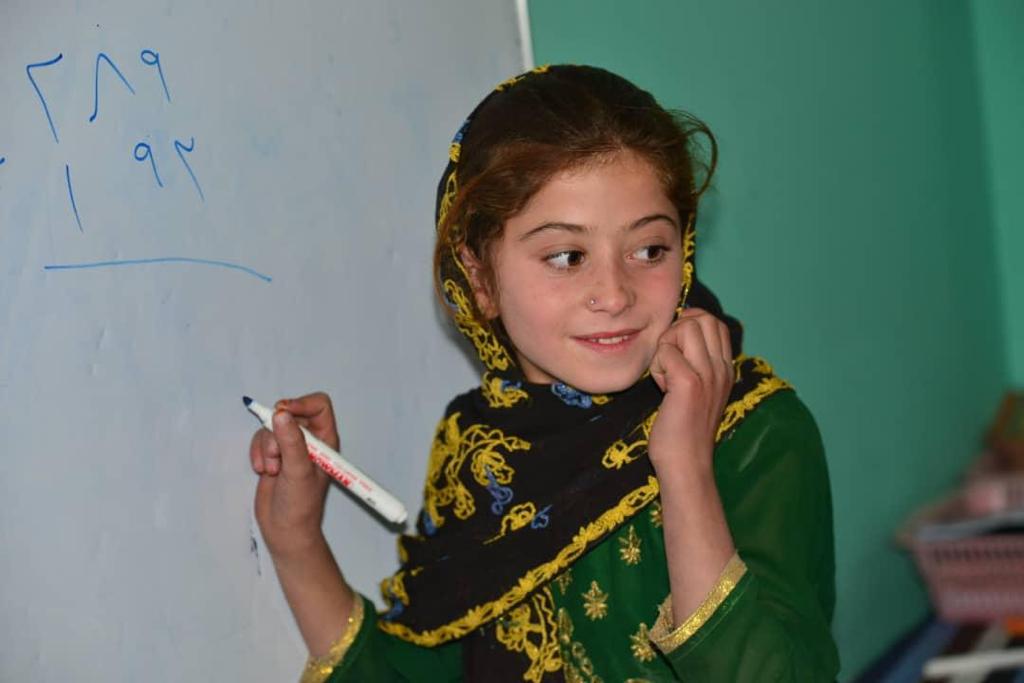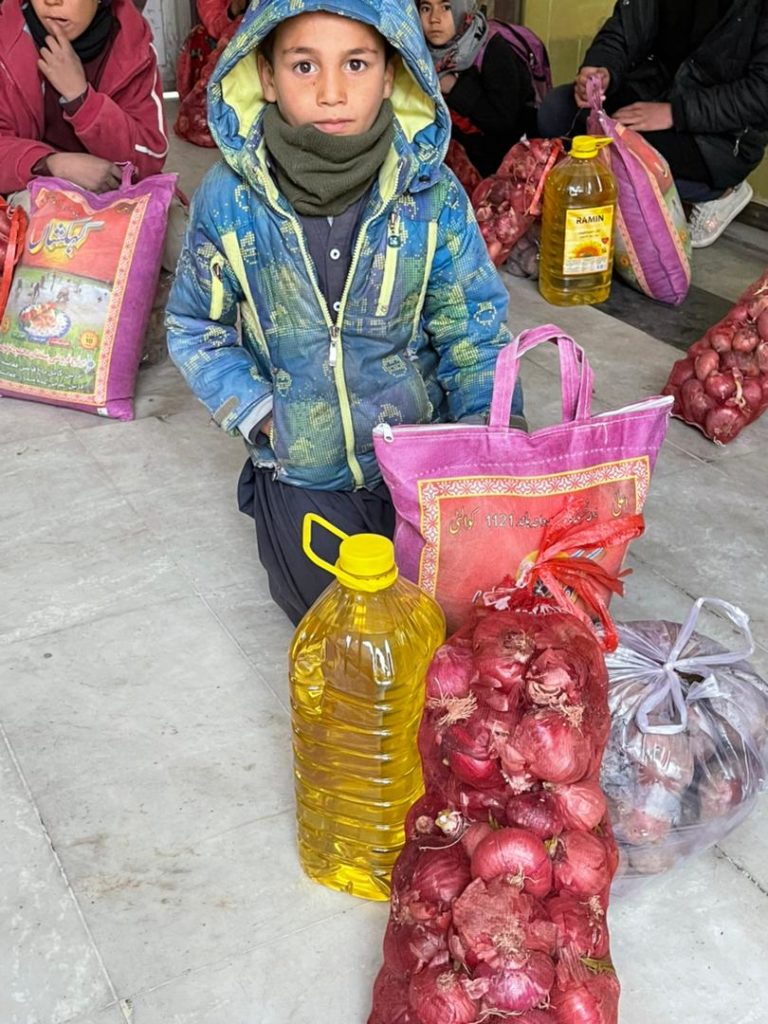Part 4: Being a child in Afghanistan
Written by Zuhra Dadgar-Shafiq, Programme Director and Co-Founder of Action for Development who provide vital health and education services in Afghanistan to the most marginalized and vulnerable individuals through cost-effective, cascade-model projects that allow for community participation and empowerment.
Afghanistan has been struggling with conflict for over 40 years. The situation has recently been exacerbated due to the dire political context and the takeover of the Taliban resulting in social, economic and political instability in the country that has left many people in extremely poor conditions. Currently, it is expected that around 55% of the population (almost 20 million people) will be in food crisis emergency phase 3 and 4 . The WFP has confirmed that one in two people in Afghanistan do not have enough to eat at least once a day.
In addition to the ongoing protracted conflict, the climatic conditions add a burden to the agriculture sector that is suffering from limited investment and low productivity. The food crisis is on the rise caused by the extreme poverty conditions and extreme weather and climatic conditions. Poor pasture conditions and high food prices driven by drought have left over three million livestock at critical risk during winter and has already resulted in increased distress livestock sales. Climate change has caused declining precipitation, putting additional pressure on water resources already strained from population growth. In addition to the drought, more than 29,000 people in 13 provinces were affected by other natural disasters– mostly floods.

During these times of conflict and insecurity, children are living under extremely poor conditions, with no access to food, safe drinking water or even shelter. There are fewer health services reaching children, many are even missing out on life saving vaccines. Children have no access to education and instead are working on the streets to support their families. Winter conditions increase the risk of pneumonia and acute respiratory illness. Millions of children continue to need essential services, including primary healthcare, life saving vaccines against polio and measles, nutrition, education, protection, shelter, water and sanitation.
Mansoor, for example, is 13 years old. His father was killed during a fighting between Taliban and previous government in Jawzjan province. He has five younger siblings. His mother had to come to Kabul with the children seeking assistance. Currently she is begging on Kabul streets. Mansoor looks strong but is prone to infections and very often falls sick. He is the breadwinner for his family and helps his mother. He is illiterate, but once his friend told him about the school which provides food for lunch and teaches him to read and write. Mansoor decided to join this school and have at least his lunch at the school (he is now one of the students at AfD school for street working children).
At home they do not have enough food for everyone, and his younger sister and brother always cry for food. Mansoor says that his daily food consists of boiled potatoes and boiled beans. They can’t afford to have fruits, vegetables, or dairy. Mansoor takes his five-year-old brother along and teaches him how to wash a car. When his mother leaves the house to go begging, she locks Mansoors’ younger brothers and sisters (the second sibling is 10 years old) inside or takes all of them together with herself.
We would urge that actions should be taken through schools and that they provide lunch to students. This action would ensure that children are receiving food at the same time as they come to get education. It would also support the families economic situation and would encourage their children to go to school, instead of working on the streets.


